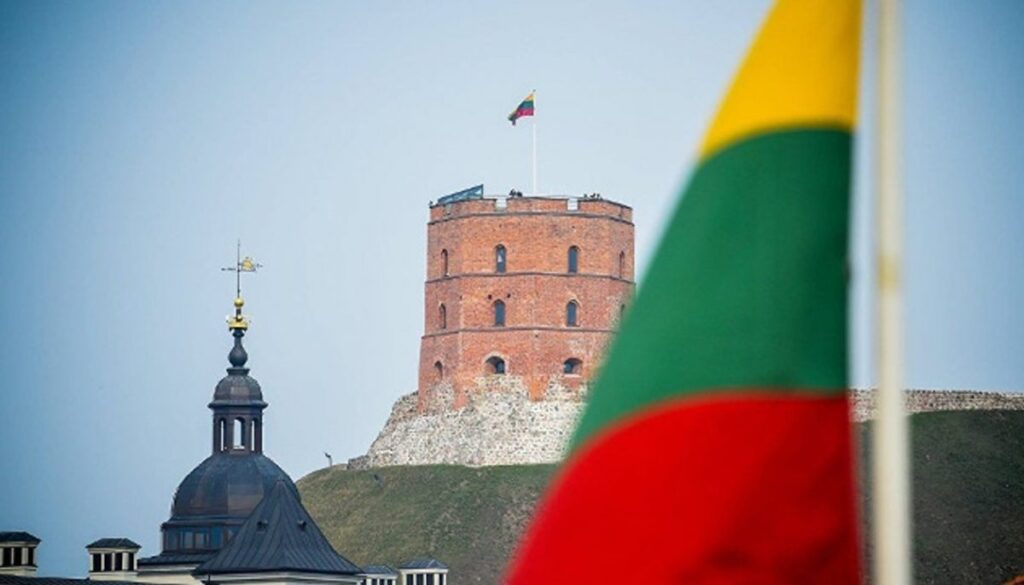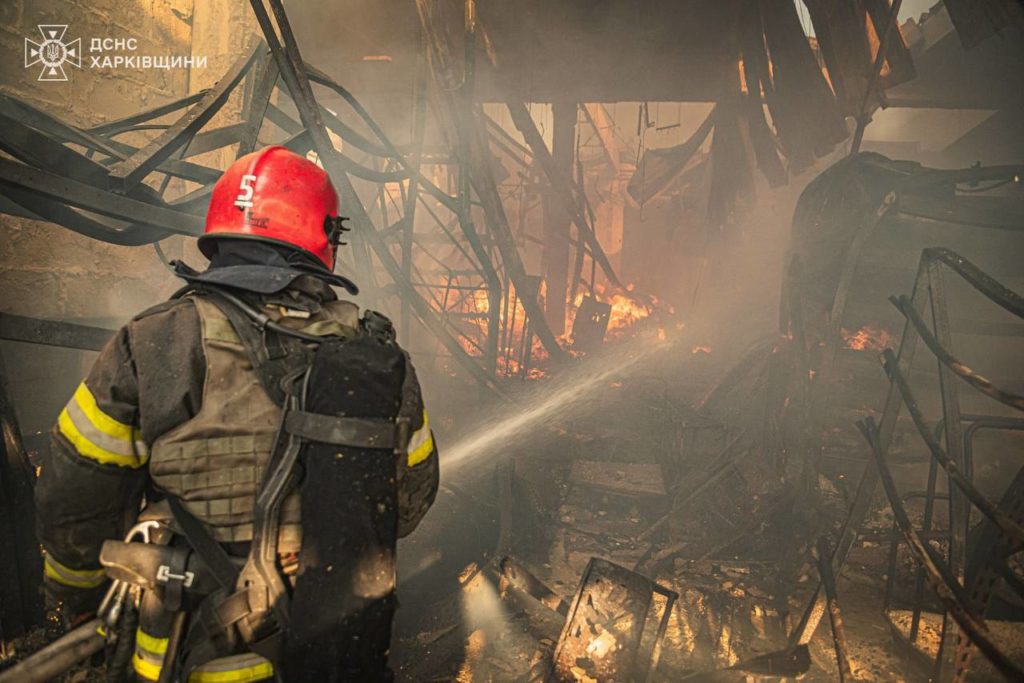Lithuania develops mass evacuation plan for potential wartime scenarios
Lithuania's Interior Ministry, led by Minister Agnė Bilotaitė, is developing a wartime mass evacuation plan based on Nordic models, coordinating with various agencies and local governments, and planning to test it in civil defense exercises.


Lithuania is developing a comprehensive plan for mass evacuation in the event of a wartime scenario, as reported by the country’s Ministry of the Interior on 25 July, according to LRT. The Baltic country’s Interior Minister Agnė Bilotaitė has reportedly been at the forefront of discussions with representatives from various agencies, including the ministries of defense and transport, and the National Crisis Management Center.
The development of this evacuation plan in Lithuania comes amid heightened concerns about civil security following Russia’s 2022 invasion of Ukraine, as Lithuania and other Baltic nations are among the primary potential targets of future Russian aggression.
The plan aims to clearly define the responsibilities and tasks of different departments involved in a potential evacuation. Local governments have been asked to provide specific data on their evacuation capabilities and needs within a six-week timeframe. This information includes the number of residents to be evacuated by category, evacuation routes, available transportation and contracts for its use, required personnel for evacuation operations, and any funding shortfalls.
According to the Ministry of the Interior, the collected data will be incorporated into the evacuation plan. Lithuania is basing its approach on examples from Nordic countries, which have evacuation plans for both wartime and peacetime scenarios.
Once the evacuation plan is finalized, a new edition of the resident evacuation organization procedure description will be approved by government resolution. The plan will also be put to the test during national-level civil defense exercises. It has been announced that nationwide evacuation exercises will take place in the autumn.
Related:
- Capturing four Ukrainian regions could cost Russia 1.8 million troops, UK army chief says
- Ukraine signs security agreements with Lithuania and Estonia
- Russian GRU’s sabotage recruitment in Baltics exposed by journalists
- Reuters: Poland, Baltics call for “defense line” along Europe’s Eastern border
- Lithuania allocates 0.25% of GDP for Ukraine’s defense support
- NATO leaders voice “deep concern” over Russian hybrid threats
You could close this page. Or you could join our community and help us produce more materials like this.
We keep our reporting open and accessible to everyone because we believe in the power of free information. This is why our small, cost-effective team depends on the support of readers like you to bring deliver timely news, quality analysis, and on-the-ground reports about Russia's war against Ukraine and Ukraine's struggle to build a democratic society.
A little bit goes a long way: for as little as the cost of one cup of coffee a month, you can help build bridges between Ukraine and the rest of the world, plus become a co-creator and vote for topics we should cover next. Become a patron or see other ways to support.



